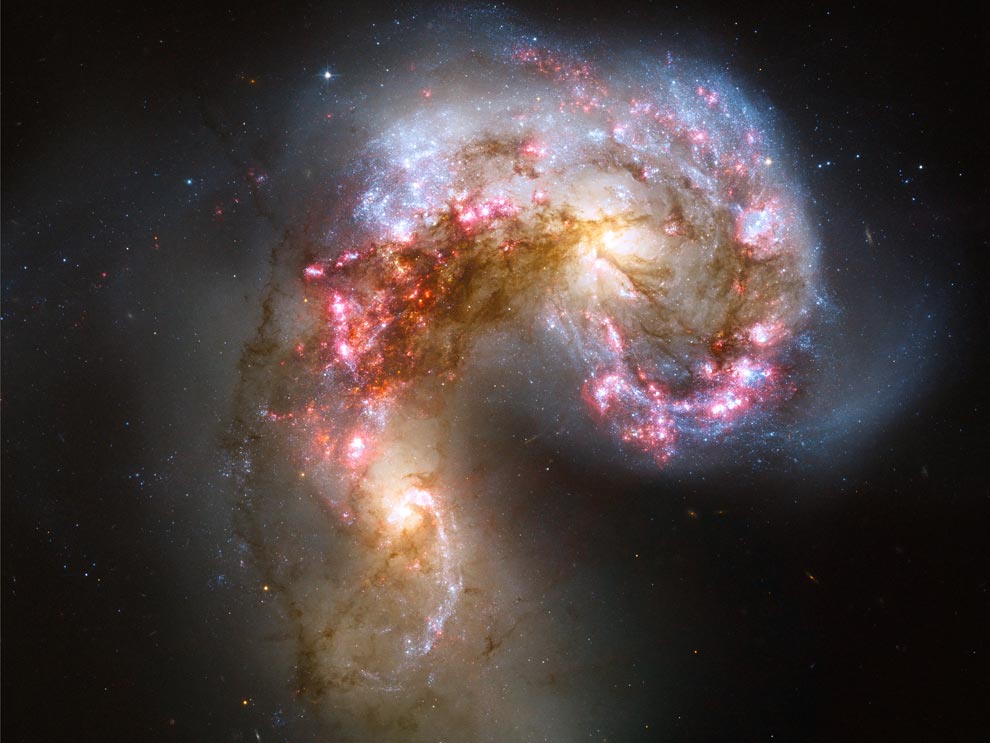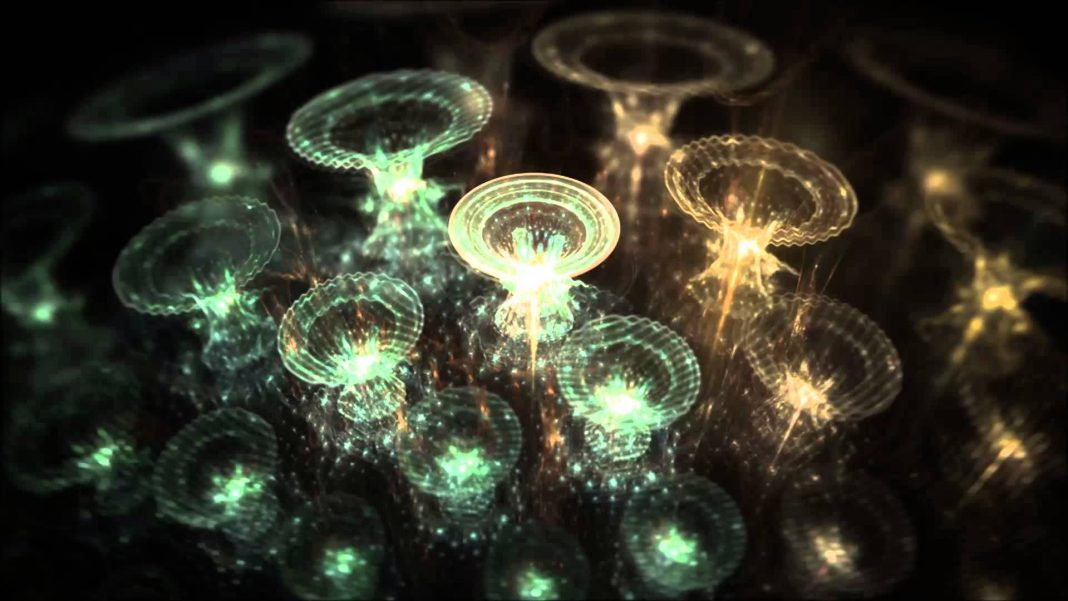There are several great mysteries of deep space that we still can’t get to the bottom of. Just when we think we have an idea, a new discovery goes and changes it all. Keep reading for a lowdown on some of the world’s deepest, darkest, unexplained space secrets.
1. Eridanus Supervoid: Astronomers first came to learn of the Eridanus Supervoid‘s existence during a survey being carried out of the Cosmic Microwave Background. It is a large, empty space that’s roughly around 1 billion light years in diameter and while other voids have been found before, none have been quite this big, which is one of the reasons scientists are finding it difficult to explain. Still, some suggest that there is a supermassive black hole out there with the mass of thousand galaxies sucking everything in and making this void much bigger and much stronger. Others have proposed that the void is actually a parallel universe with alien life forms running around. But, either theory is yet to proved right.
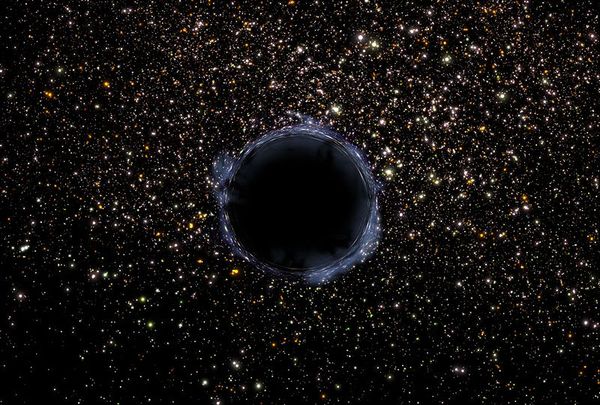
2. The Great Attractor: This is a gigantic area of space that everything in the Milky Way and its companion galaxies are all drifting towards. It has such a strong gravitational force that everything is sucked towards it, hence the nickname “The Great Attractor.” Sitting in a giant region of space known as the “Zone of Avoidance”, The Great Attractor is located on the other side of the densest part of the Milky Way and to observe it through all that space dust is near impossible. However, astronomers are still convinced there are various undiscovered galaxies here and research will continue until they can prove otherwise.
3. “Wow” signal: In 1977, astronomer Jerry Ehman discovered something extraordinary when searching through the signals received from the Big Ear radio telescope from the previous few days. What he found was a sequence of numbers and letters – 6EQUJ5. At first, it may not seem like much, but when put with the other data collected it represents a narrow band signal of around 1420 megahertz in the Sagittarius constellation. What’s extraordinary about this signal is that it gradually grows in strength and fades again as the radio telescope passes across the source. When it was first discovered by Ehman, he was so amazed, he wrote Wow in the margin, hence the name. Can it be anything but signs of extraterrestrial life?

4. KIC 8462852: This star is situated in the Cygnus constellation around 1400 light years from Earth. Unlike regular stars with a planet in orbit, this one has dipped of brightness up to 20 percent. One theory suggests that a cloud of comet fragments got into an orbit around the star. However, another theory is slightly more worrying. Physicist Freeman Dyson suggested back in 1960 that an alien civilization might have grown so big that it needed more energy than it could harvest on one planet. He theorized that instead, the civilization may have constructed an orbiting structure (dubbed a Dyson Sphere) that could capture energy from stars to make available to use. If that is the case, such a megastructure would become identifiable as it emitted some of its infrared radiation. This theory has been adapted slightly and proposed as an explanation as to what’s happening around KIC 8462852, and is known as a Dyson Swarm. This theory involves the civilization building a swarm of satellites to achieve the same as the sphere but with fewer complications. Any civilization that had this kind of technology in place would be far more advanced than ourselves but as of yet, no evidence has been detected of radio emissions coming from that area.

5. ASASSN-15lh: This superluminous supernova was first spotted in 2015, and unlike a regular supernova, this one is ten times brighter and much more powerful. When astronomers took a closer look at the light it was emitting, they were unable to find any evidence of hydrogen, which was rather odd. The best reason they could come up with as to why this was involved a magnetar providing extra energy to the expanding ball of gas. However, soon ASASSN-15lh was emitting more energy than the magnetar could provide as so just kept growing. The supernova also displays other odd behavior. Unlike regular supernovae that consist of a bright flash followed by a slow fading, ASASSN-15lh‘s UV light began to increase again after fading. Scientists are still unable to explain why this happens.
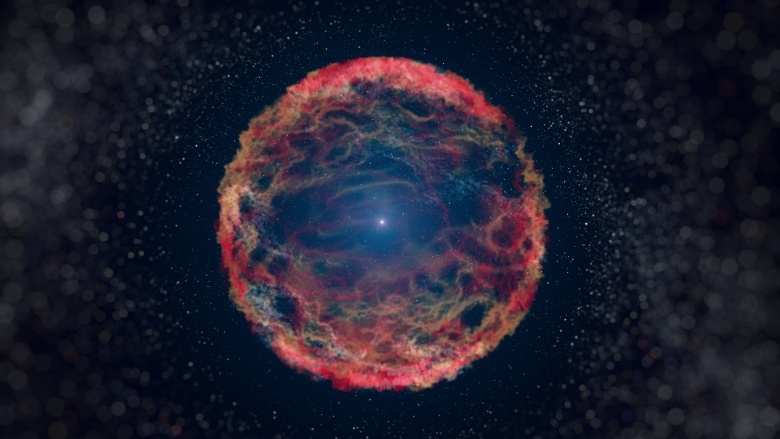
6. 1991 VG: No one really knows what this is, but in 1991, American astronomer James Scotti detected something peculiar in the sky. He made some predictions as to when this ‘thing’ would reappear. But he was wrong and it was only by accident that he spotted it again later on during another observation. Eventually, he realized that the strange object was, in fact, orbiting the Sun, which is odd for a natural object. So, the only other explanation then was that the object was, in fact, some leftover remnant from the Cold War space launches. But, when the item was last seen in 1973 it didn’t match up to any known launches of that time. More alien life? Who knows…
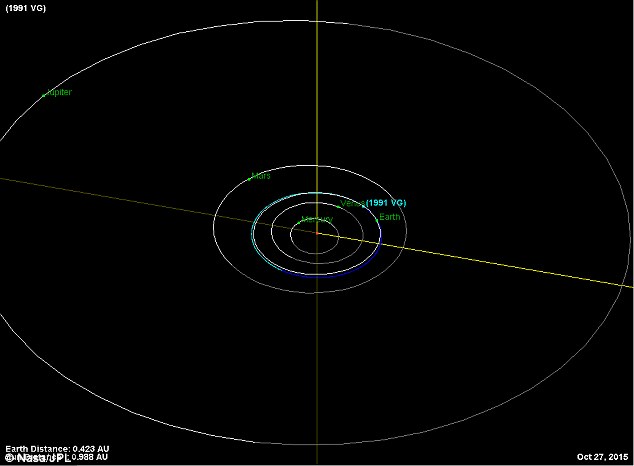
More News to Read

